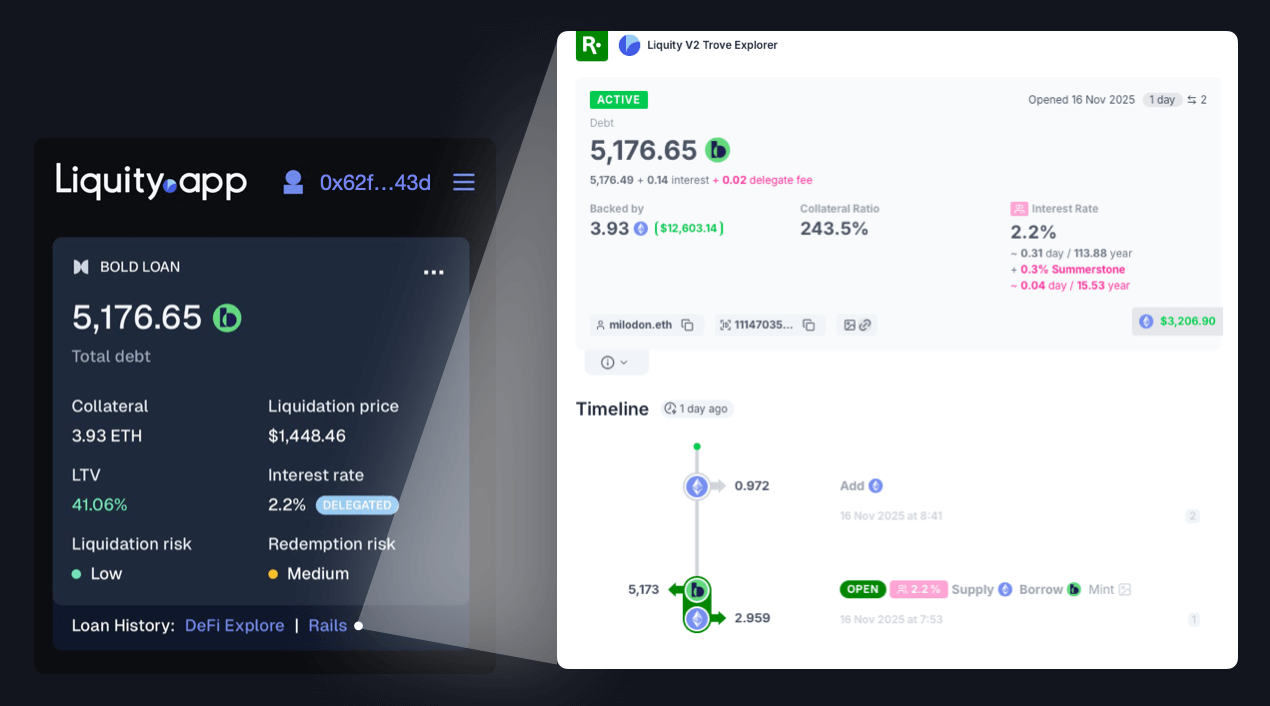Nomatic's article "DeFi 101 – Back To Basics" in the 12 November The Edge Newsletter outlines three minimum requirements for any DeFi project: proper documentation, a transparency dashboard, and audits. These are crucial but only sufficient when dashboards are independent of the protocol itself.
Reclaiming DeFi's roots
Today, the crypto landscape has split in two directions. On one side, there is the institutionalisation of DeFi driven by large capital, tokenised real-world assets, and increasing regulatory alignment. On the other, a retail ecosystem dominated by meme-coin speculation and get-rich-fast culture. Both trends drift away from the original vision of DeFi and its cypherpunk foundations of privacy, decentralisation, and trustlessness.
A renewed call to uphold these principles comes from the Trustless Manifesto. We believe Rails can play a meaningful role in re-centring those values by making DeFi more accessible, legible, and empowering for individuals.
Why the dashboard must be independent
While Nomatic stresses the importance of dashboards, they are often created and controlled by the protocol team. When data presentation is handled by the same entity that benefits from favourable metrics, transparency becomes fragile. Who watches the watchers? To truly live by "Don't trust, verify", dashboards must be neutral, external, and verifiable.
Many smaller DeFi teams lack the resources for full dashboards and instead direct users to dune.com or etherscan.io. Dune offers collaborative, community-built analytics; Etherscan provides raw, engineer-oriented on-chain data. With Rails, we aim to bridge the gap: offering an independent, consistent design language across DeFi, using transport-map-style visualisations that make on-chain flows intuitive. Events link directly to protocol documentation and code references, enabling both newcomers and experts to explore with clarity.
Independent dashboards give all users, retail and institutional alike, the same ability to verify behaviour, understand flows, and interrogate on-chain truth.
Permissioned vs permissionless: a simple contrast
To demonstrate the contrast, consider Maple and Liquity. Maple operates permissioned, institution-focused credit markets with KYC and whitelisting. Liquity is fully permissionless: anyone can participate without KYC or custodial restrictions. The Liquity.app front-end links to independent explorers such as Rails and DeFi Explore, providing external, verifiable transparency.

This illustrates the standard DeFi should strive for. This approach should be required not just by individual users but by the institutions participating in the space.
Why supporting independent dashboards matters
Rails is built and operated by a small team of two. We aim to provide equal access to verifiable on-chain information, regardless of wallet size. Supporting independent transparency layers helps preserve the spirit of DeFi: open access, equal opportunity, and permissionless participation.
Conclusion
Nomatic's three minimums — documentation, dashboards, and audits — remain essential, but as DeFi evolves they are necessary but not sufficient. With more protocols moving toward permissioned or institution-oriented models, independent transparency becomes critical.
Independent dashboards uphold "Don't trust, verify" in practice, ensure visibility into protocol events and help keep the system open to everyone.
By supporting independent transparency projects like Rails we help keep DeFi true to its origins.
